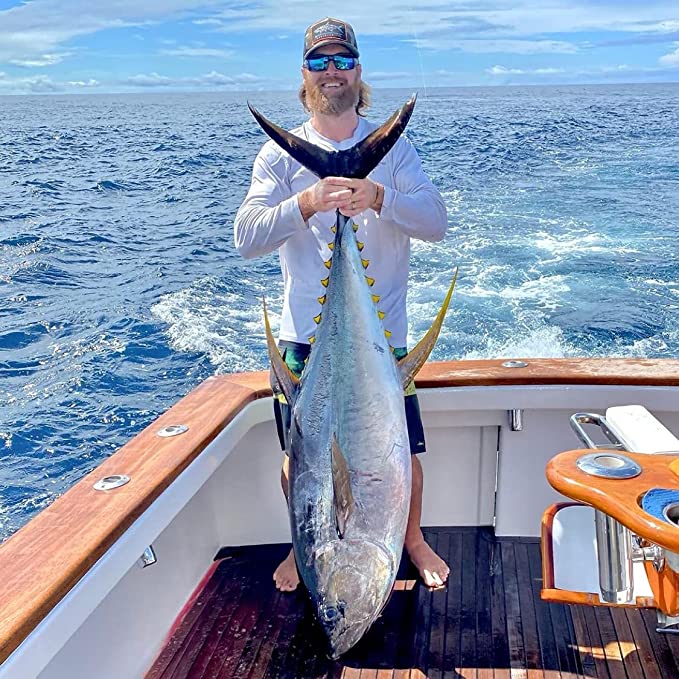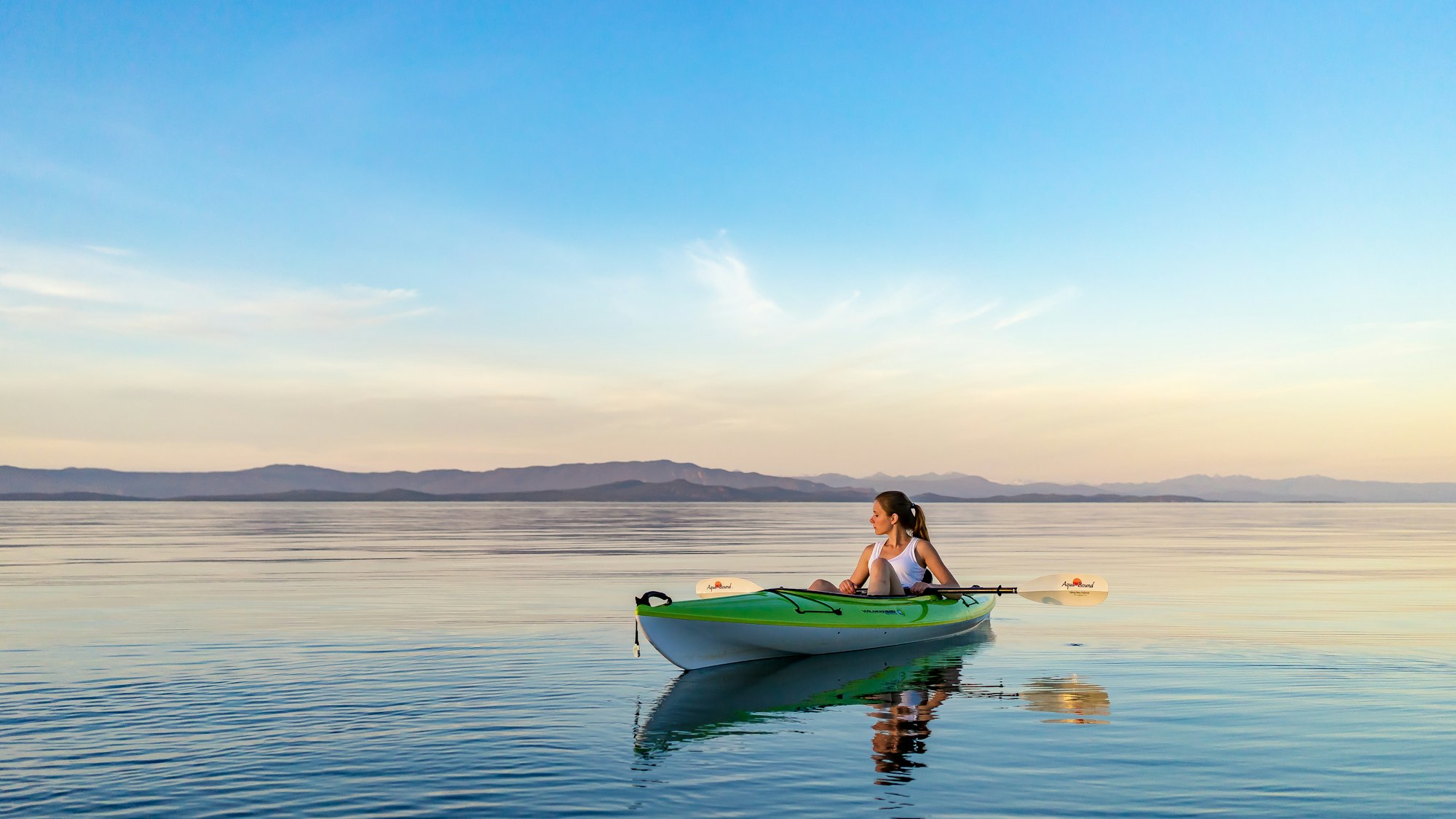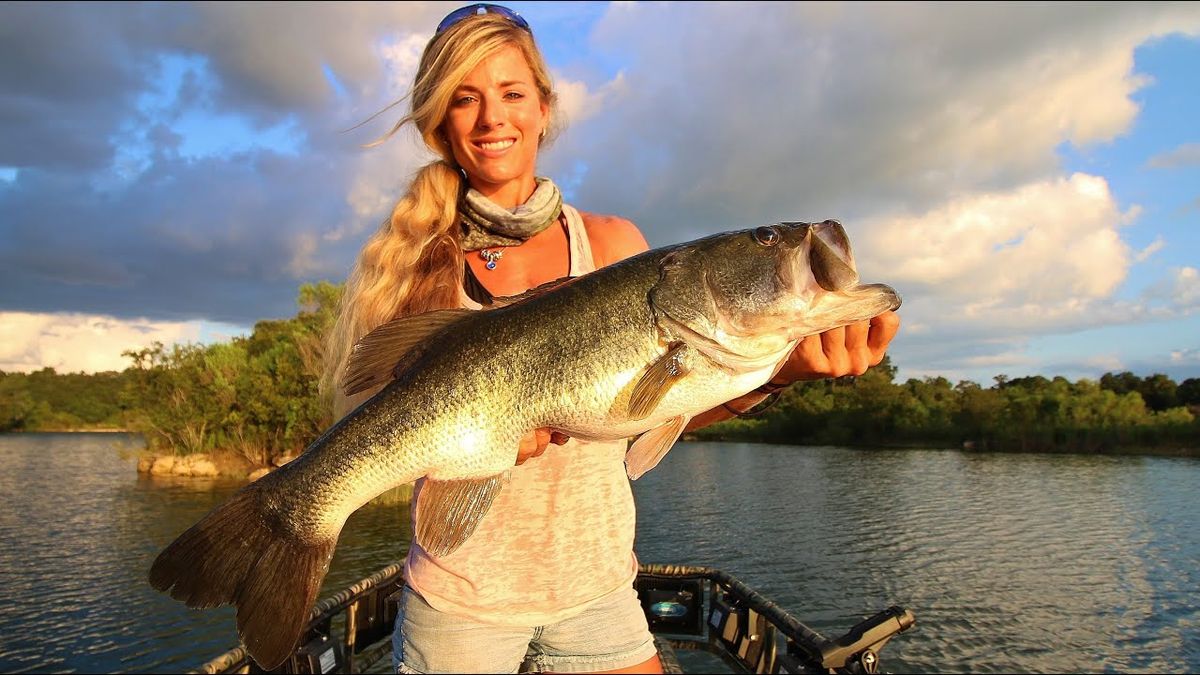Content Summary
Do you want to become a bass fishing pro? Fishing can be a great hobby, but it also requires skill and knowledge if you want to catch the big one! Every smart fisherman has his own fishing techniques that allow him to target the fish he has set his sights on. Whether you’re looking to go bass fishing in the great lakes or in fresh waters, there are some key tips and tricks every good fisherman should know.
Considerations When Developing Bass Fishing Techniques
The first thing any smart fisherman must do before setting out is to choose the right shoreline. Not all shorelines are ideal for bass fishing, so you want to make sure you pick one that offers good spots for the fish to hide and feed.
Additionally, you should always keep an eye on the weather before starting your journey; as with any other type of fishing in lakes, bad weather can make bass fishing incredibly dangerous.
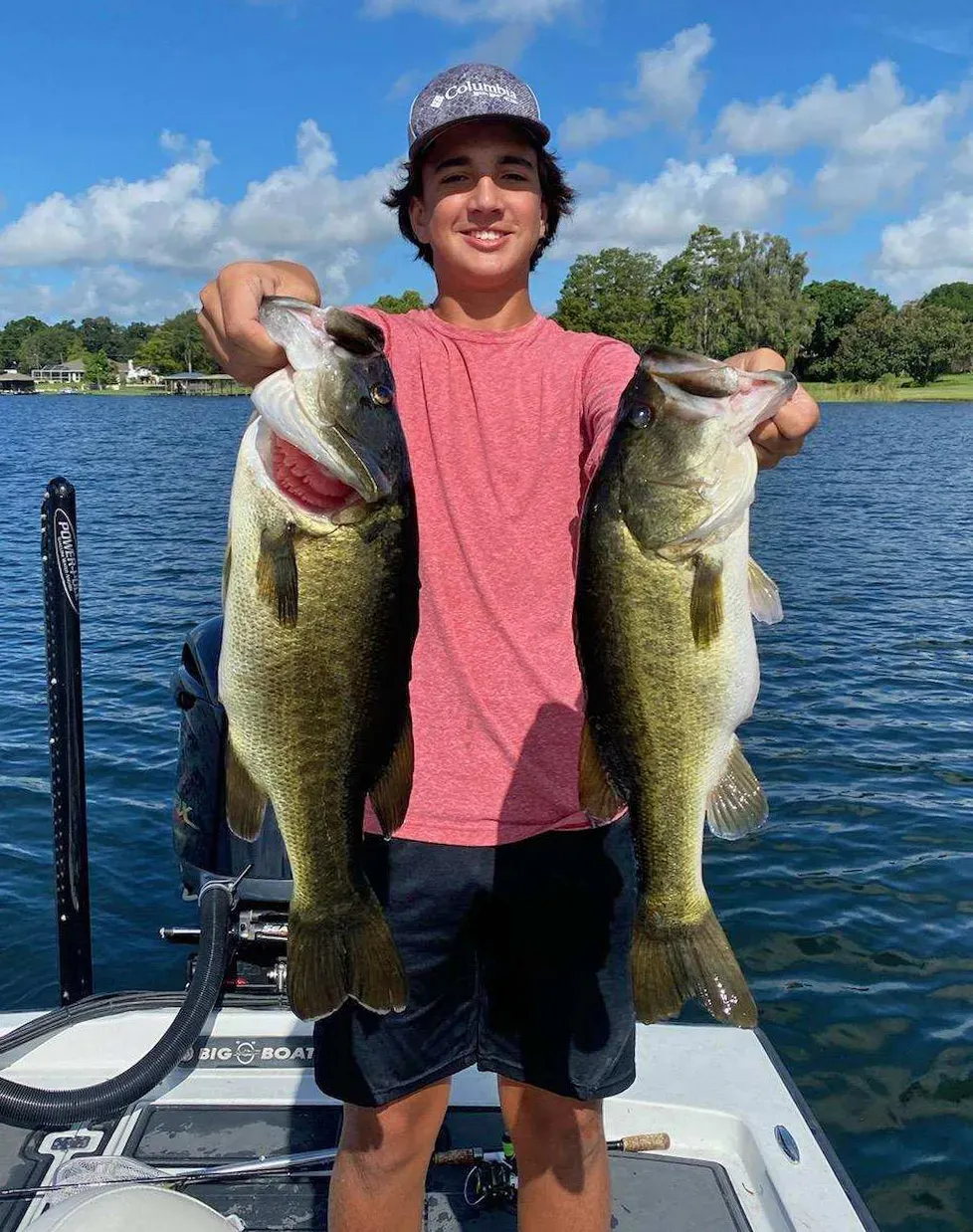
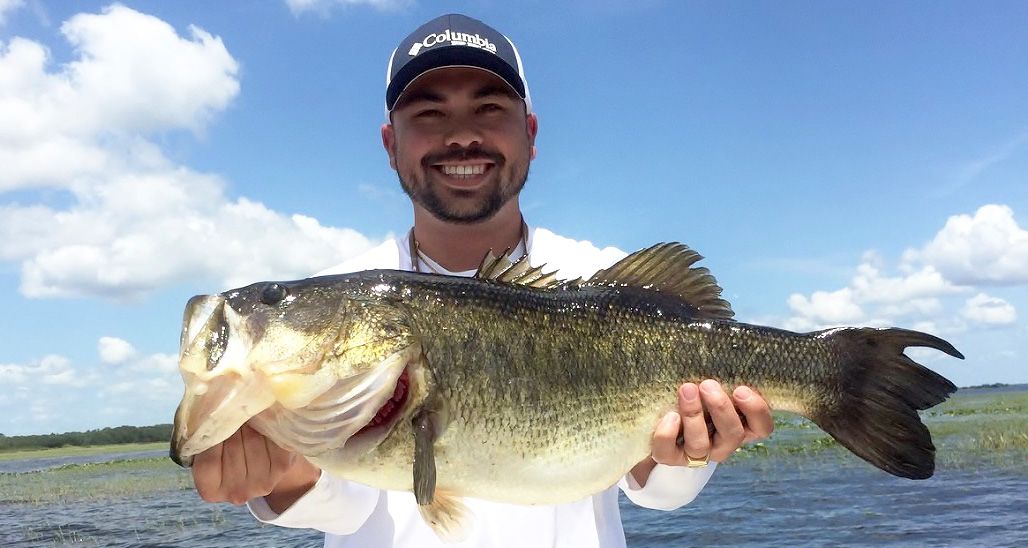
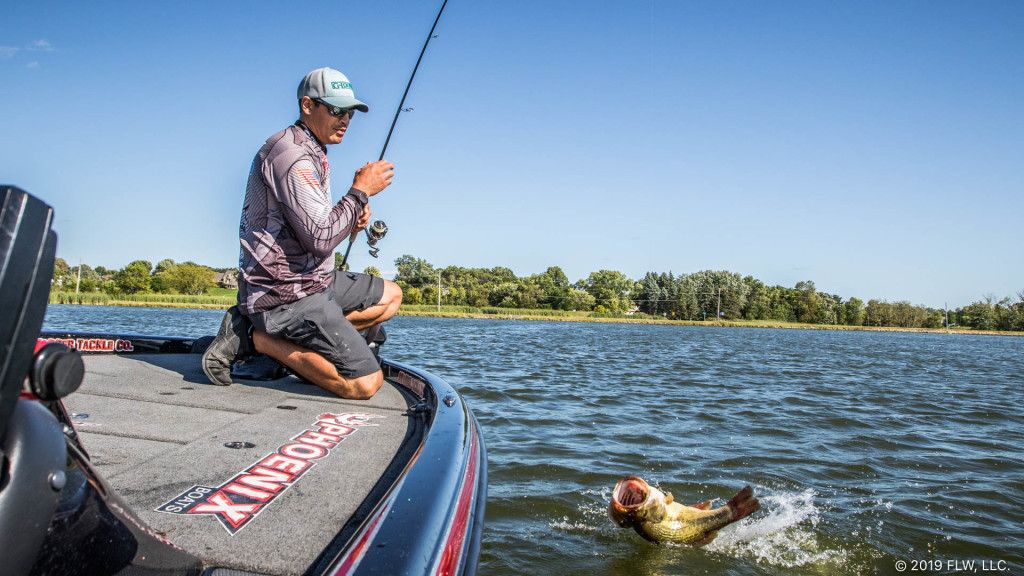
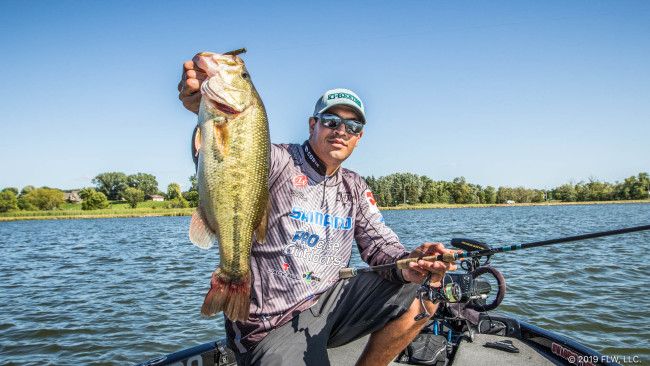
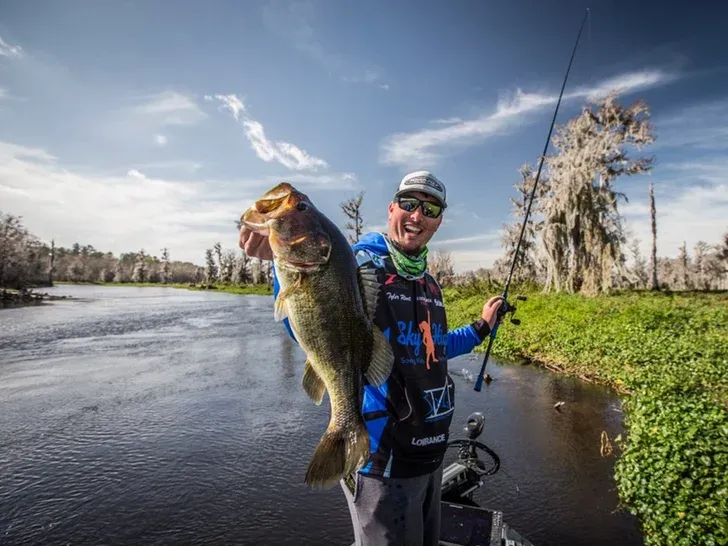
Choosing Bass Fishing Shores
When starting out as a bass fisherman, it’s important to choose the right shore. Depending on your surroundings, this could mean anything from finding a shore with plenty of cover for the fish or one near deeper water. It’s important to do your research beforehand so you know where to cast your line and what type of bait is most successful in those areas.
Great Bass-Fishing Lakes in Florida
- Lake Okeechobee Bass Fishing Guide
- Lake George Bass Fishing Guide
- Lake Ocklawaha/Rodman Reservoir
- Everglades Water Conservation Areas 2 and 3.
- Tenoroc Fish Management Area
- Mosaic Fish Management Area
- Lake Tohopekaliga/Toho
- Lake Talquin
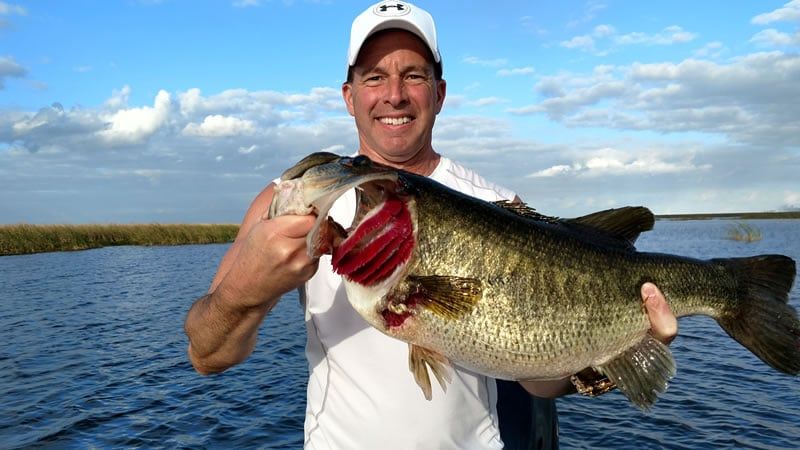
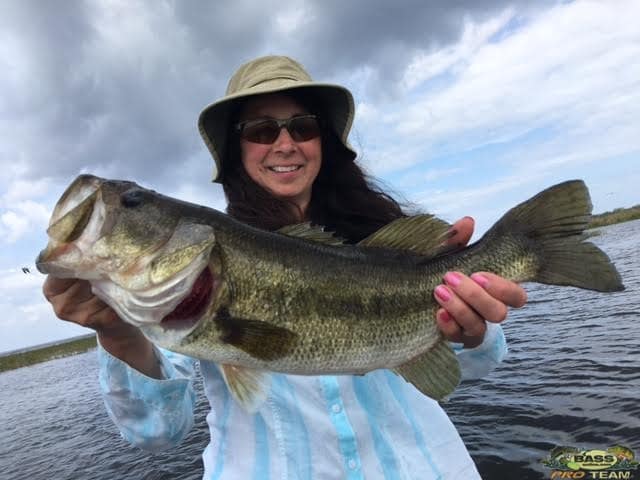
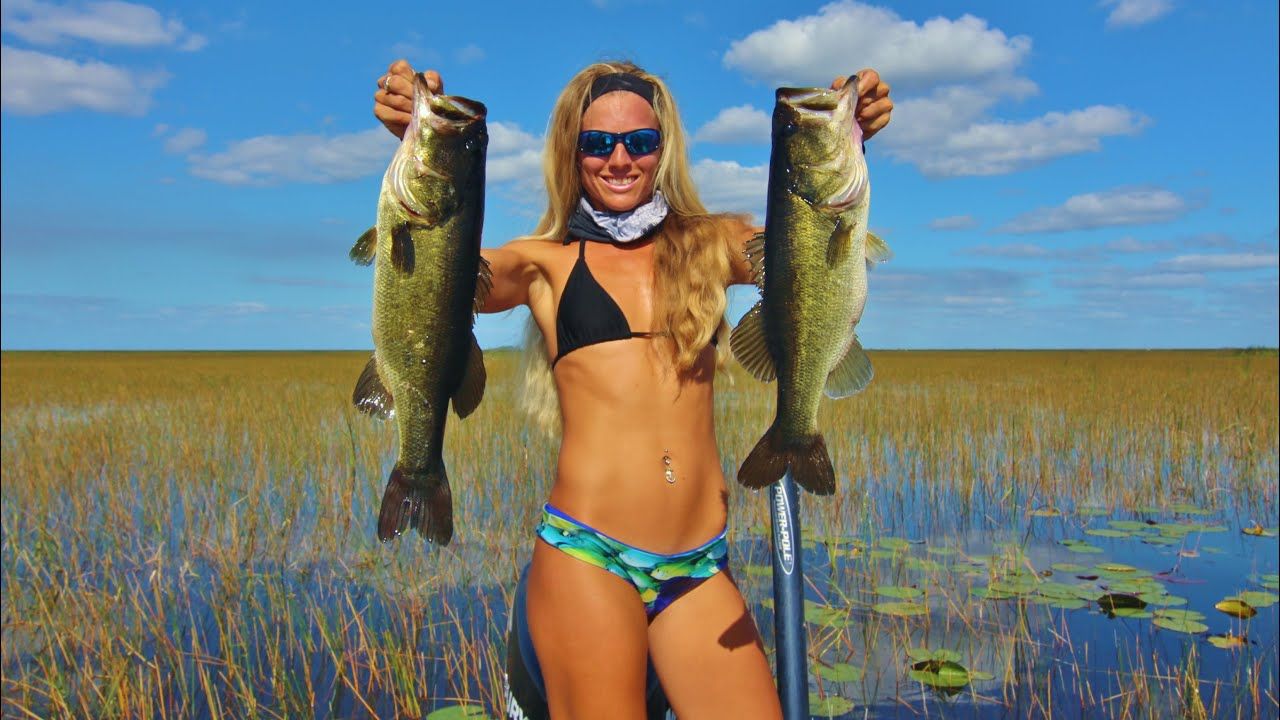
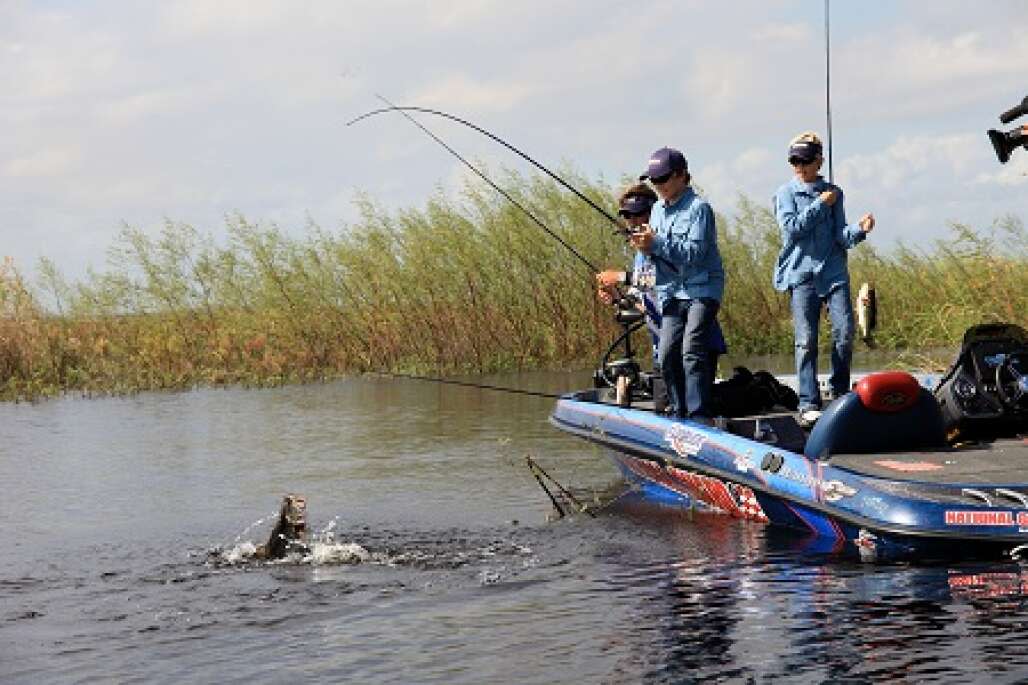
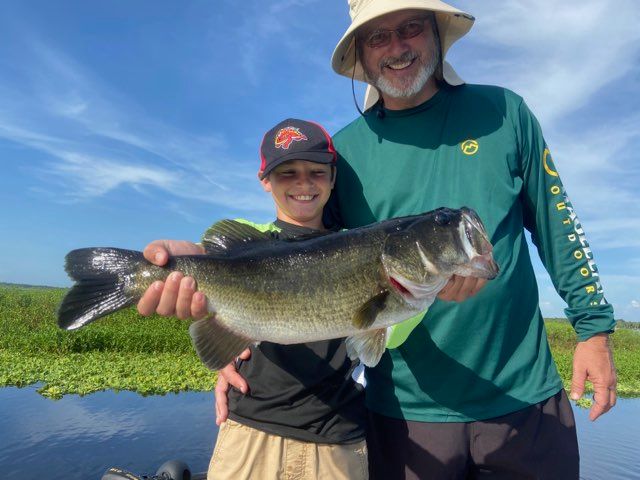
Find The Best Bait for Bass Fishing
Knowing which type of bait works best for catching bass is an essential part of successful bass fishing. Different types of bait such as worms, crayfish, or minnows will have varying levels of effectiveness depending on where you are fishing and what time of year it is. Doing some research beforehand will help ensure that you have the best chance at success when bait selection is involved!
Bass Fishing Lures & Tackle
It’s important to have the right lures and tackle when it comes to bass fishing. Crankbaits, spinnerbaits, plastic worms, and jigs are all great lure options that can help attract bass to your bait.
Of course, having the proper line strength and rod type is also essential if you want to successfully reel them in once they bite! You should also consider investing in quality equipment such as baitcasting reels and rods made specifically for bass fishing if you plan on partaking in this activity regularly.
Top 5 Bass Fishing Lures & Tackle on Amazon:
- TRUSCEND Fishing Lures for Bass Trout Multi Jointed Swimbaits
- CharmYee Bass Fishing Lure Topwater Bass Lures Fishing Lures
- TRUSCEND Pre-Rigged Jig Head Soft Fishing Lures Paddle Tail Swimbaits for Bass Fishing
- Topconcpt Freshwater Fishing Lures Kit Fishing Tackle Box Bass Fishing
- Spinnerbait Fishing Lure Bass Trout Pike Salmon Walleye Freshwater Saltwater
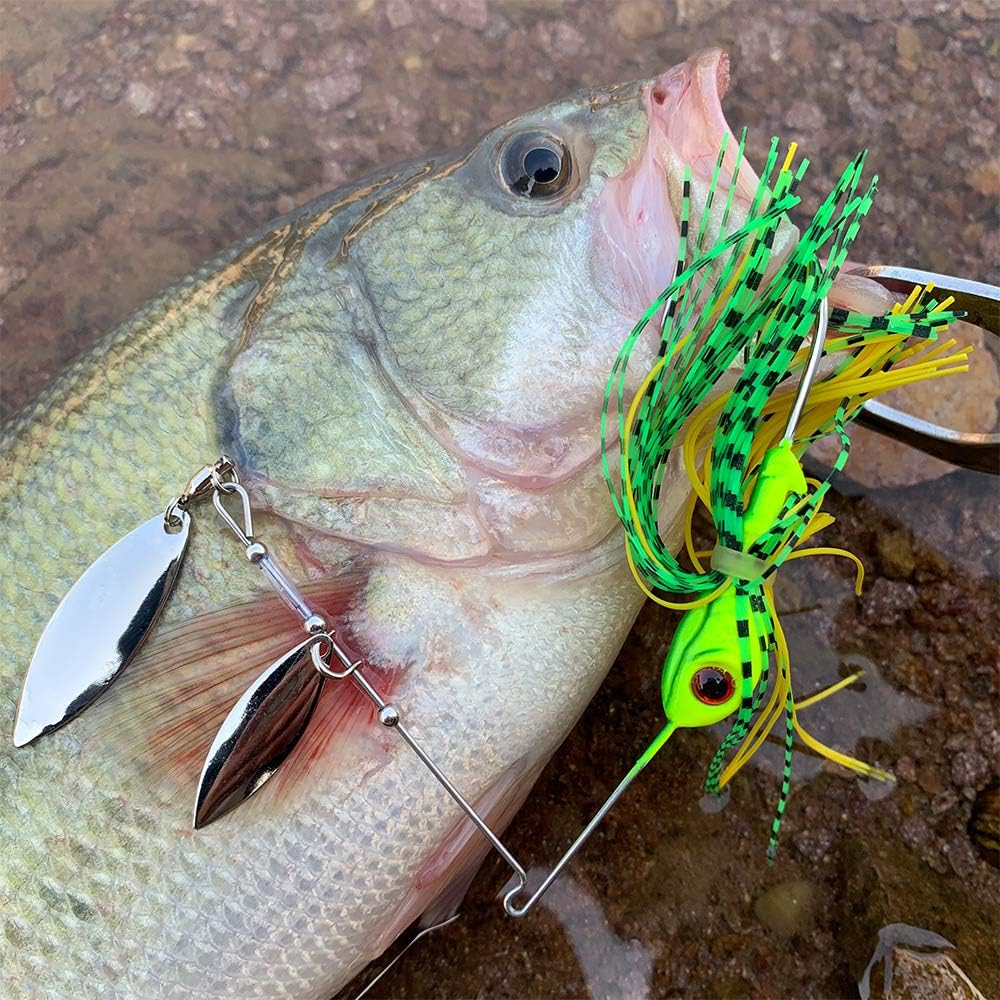
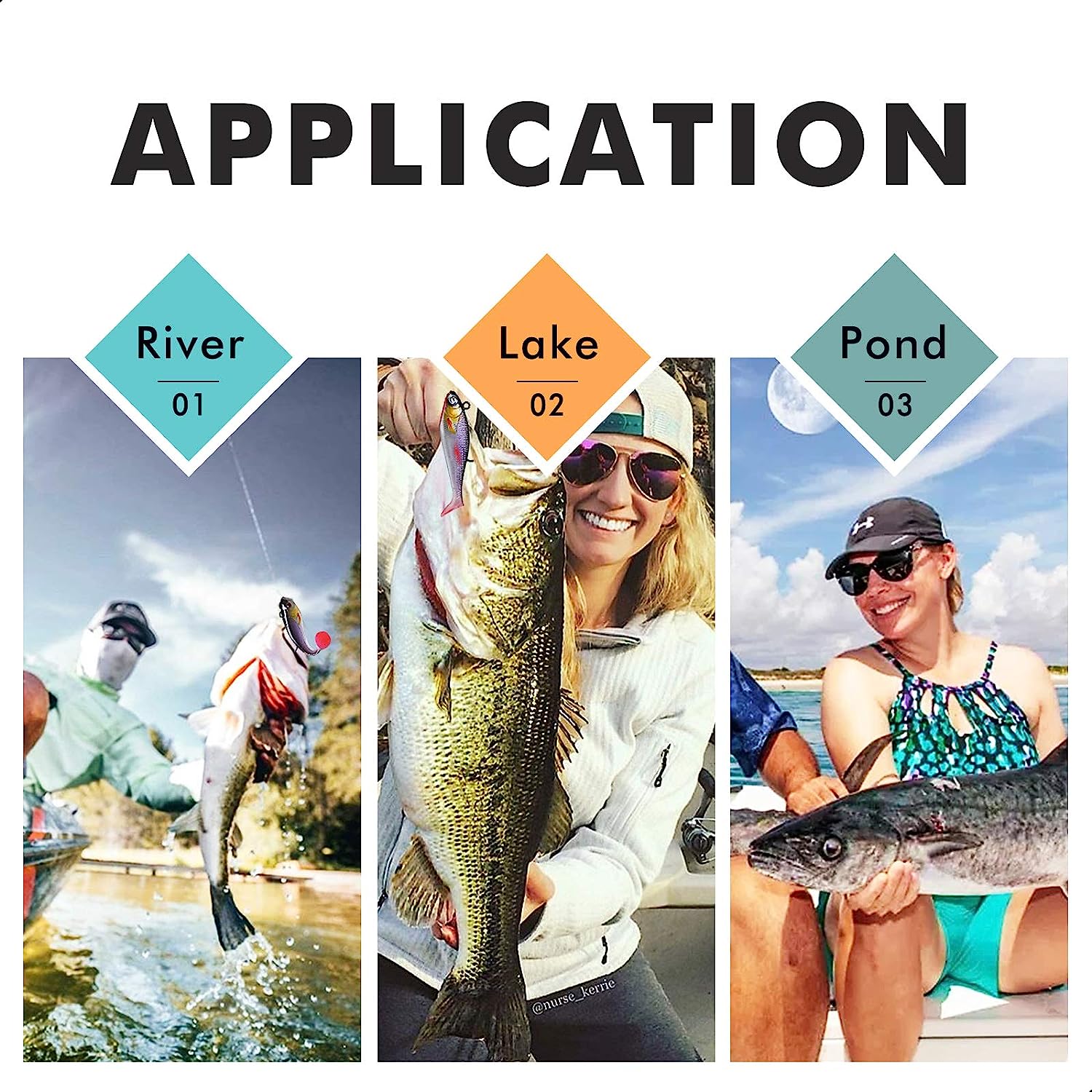
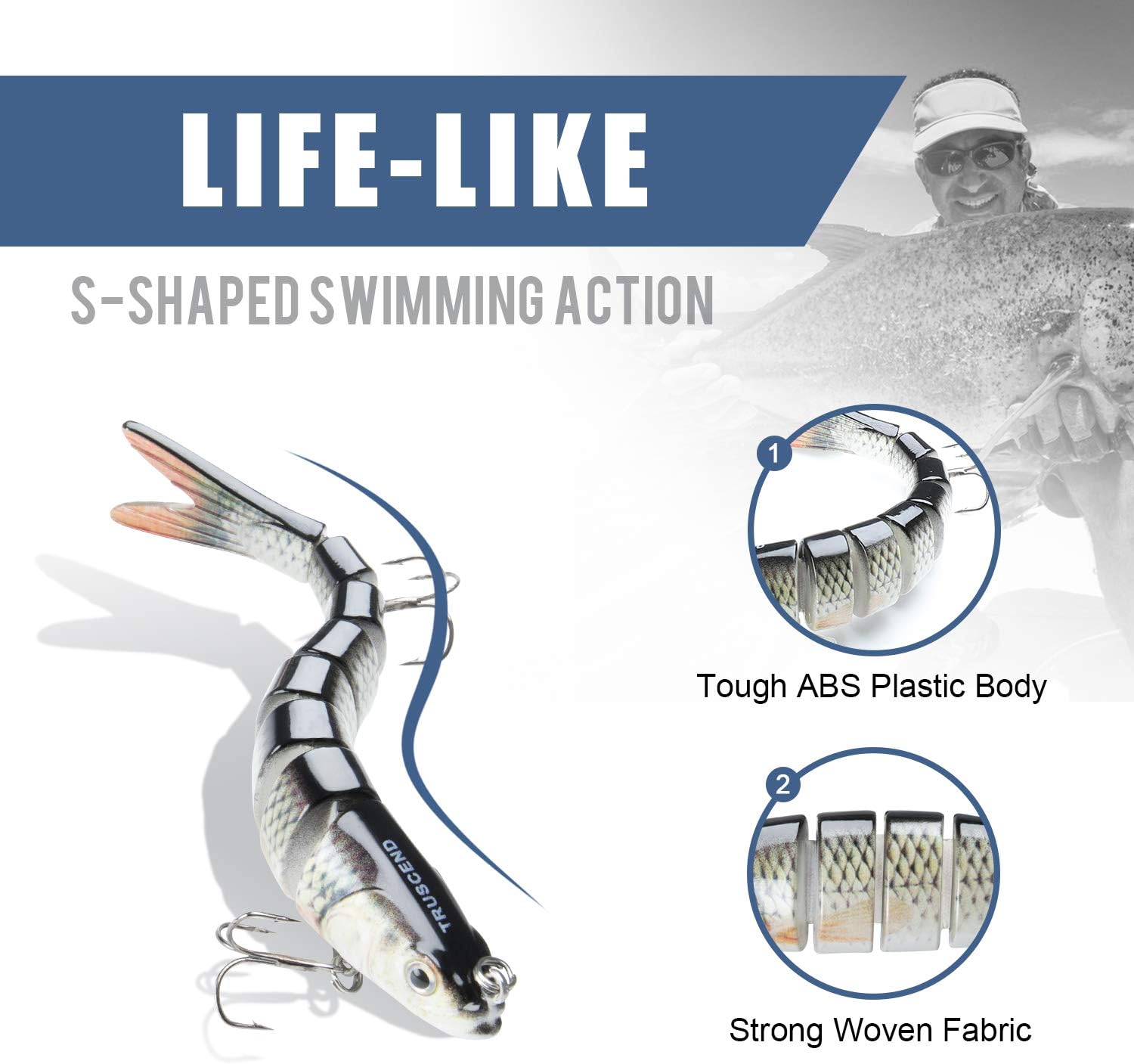
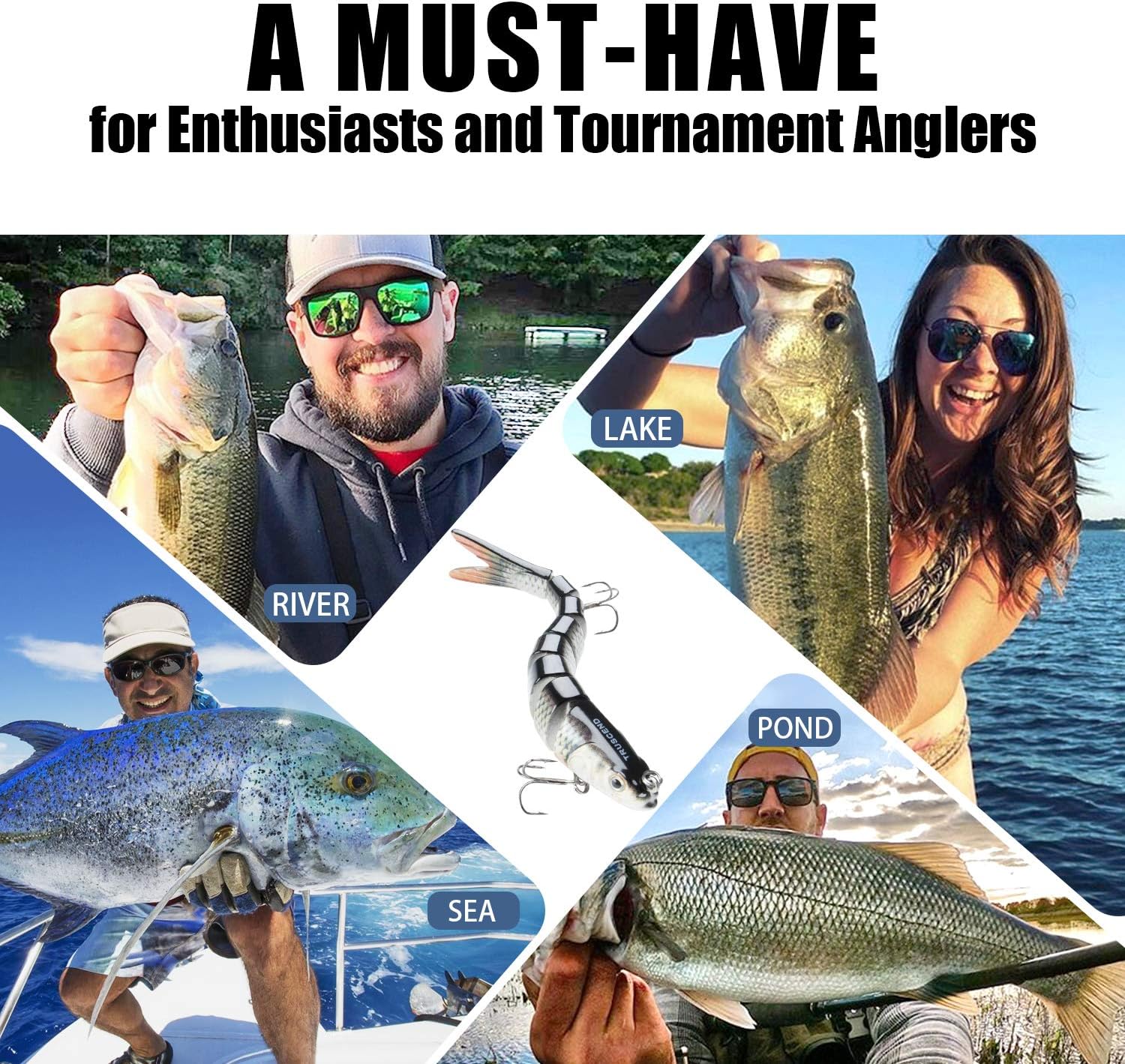
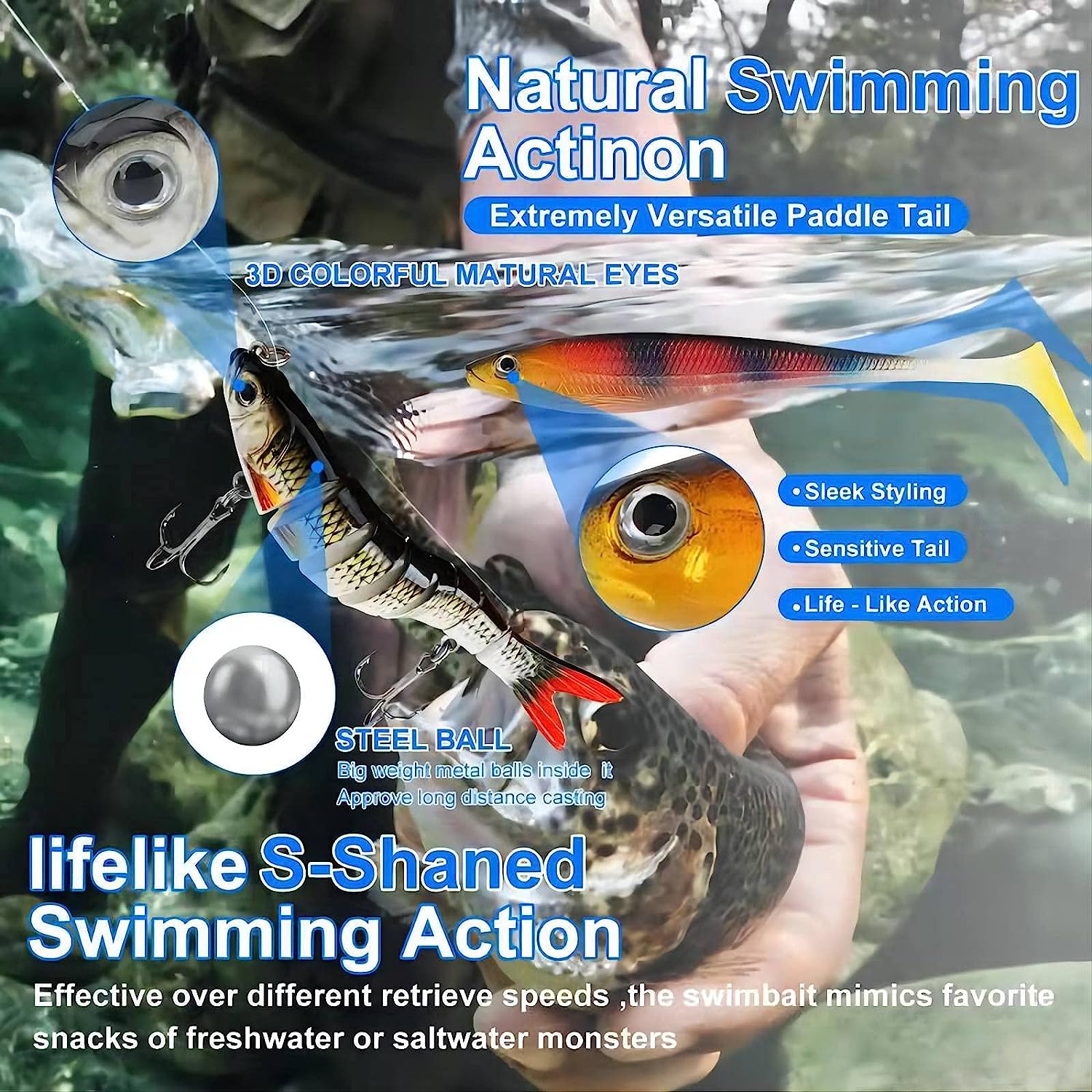
Pay Attention To The Weather
Bass fishing is typically most productive when done in the great lakes or other large bodies of water. However, these waters can also be very dangerous if bad weather occurs. Before setting out on any fishing trips, make sure you pay attention to the forecast and plan accordingly. That way, you can ensure that both yourself and your catch are safe while out on the open water.
Watch the Video to Find Out What You Should Know Before Planning Your Bass Fishing Experience>>>
In the video below you will find out the most important techniques for your bass fishing such as:
1. Best Bass Fishing Locations
2. Types of Bass Fish and How to Distinguish
3. Bass Fishing and Weather Consideration
4. Best Bass Fishing Lures and Tackle and the Difference
5. How to Use Bass Fishing Bait Lures
6. When to Use Bass Fishing Bait Lures
Most FAQs about Bass Fishing:
When is the Best Time for Bass Fishing?
The best time of year to go bass fishing depends on several factors, including the geographic location, weather conditions, and water temperature. Generally speaking, the peak months for bass fishing tend to be late spring or early summer when the water temperature is warm enough for them to start actively feeding.
Warmer days typically bring more active fish as well so trying to fish during the hottest part of the day can increase your chances of success. The biggest key though is timing your trips in accordance with when bass are spawning - usually around April/May – since they will be actively searching for food at that time and are often easier to catch than normal.
Early morning or late evening also tends to be a great time as this coincides with their most active feeding periods. Ultimately though, it’s all dependent on where you’re located and what conditions are like there so studying your local patterns is always highly recommended before heading out!
What is the Best Bait for Bass Fishing?
The best bait for bass fishing will depend largely on the type of water you’re fishing in and the season. If you’re looking to catch a variety of species, then a good all-rounder is a soft plastic or live bait like worms.
In colder months, crankbaits can be an effective choice as they move quickly through cold water and attract fish with their vibrations. In shallow waters where there are plenty of weeds or grass beds, spinnerbaits offer a great attraction to covered areas that bigger bass usually inhabit.
When the weather warms up and fish become active, surface lures like poppers are great choices as they tend to bring out aggressive strikes from hungry bass.
Larger soft plastics such as Texas rigged worms are also highly effective in warmer months because they imitate larger prey items which more active bass look for when feeding heavily.
For your typical largemouth bass, topwater frogs can also be dynamite when fished over lily pads or shore vegetation during summertime evenings when visibility decreases due to darkness.
Lastly, don't forget about jigs and bladed baits which possess amazing presentation capabilities making them incredibly effective no matter what time of year it may be!
How Deep Should I Fish for Bass?
When it comes to bass fishing, the depth at which you should fish will vary depending on the season and location. Generally, when fishing for bass in summer months, it is best to focus on depths between 10-20 feet.
This is because during these warmer months, bass tend to move into shallower waters where they can easily feed and reproduce. In addition, temperatures are more comfortable there than in deeper sections of the lake or river that may be too cold for them to inhabit.
During springtime, however, many anglers will target depths between 20-30 feet due to lower water temperatures in these areas. The cooler water makes slower-moving prey easier targets for hungry bass and there are usually fewer other fish competing with them in this section of a lake or river.
It’s also important to remember that even though certain depths may be especially attractive during any part of the year, constantly changing wind patterns can affect how deep your line needs to travel for optimal success as well!
What Size Hooks are Best for Bass Fishing?
When looking for the best size hook to use for bass fishing, it is important to consider the type of bait you will be using, as well as the size of fish you are targeting.
Generally speaking, larger hooks are better suited for larger baits and bigger bass. Smaller-sized hooks typically work better when using smaller lures and aiming to catch smaller bass.
For most anglers, a good rule of thumb is: size 2 or 4 hooks are appropriate for small locational panfish (such as bluegill). Larger sizes like 1/0 and up should be used when going after larger fish such as largemouth bass or even pike or muskie.
If you’re planning on targeting trophy-size enormous beasts like carp while fly fishing then an even larger hook in 6/0 - 8/0 can be used effectively!
It's also vital that you match the right type of hook with your bait choice; circle hooks tend to perform better with live bait whereas jig heads excel at presentations centered around soft plastics.
When deciding on which style fits your presentation best experiment until you find what works best for your situation! Good luck!
How to Catch Largemouth Bass?
Catching largemouth bass can be a very rewarding, enjoyable experience. To increase your chances of being successful and catching these powerful fish, there are several tips and tricks you should follow.
Location: First and foremost, having the right location is essential to success when it comes to catching largemouth bass. In general, these fish prefer shallow water (8-20 feet deep) near weeds or stumps that provide lots of covers for them to hide in during the day.
Look for areas with steep drop-offs along shallow flats; where streams enter or exit lakes; and any type of shoreline structure that provides cover such as logs, rocks, brush piles or boat docks.
Gear: Quality gear is also important when it comes to catching largemouth bass successfully.
Strategy: Last but not least have a solid strategy before going out on the lake. During springtime take advantage of their higher metabolism levels by fishing from early morning time till around midday.
At night prefer topwater techniques like poppers /worms with fat tails because Bass feed more actively during dawn/dusk times. Keeping an eye on weather conditions especially temperature has its advantages because warming trends can cause Bass to migrate towards shallower waters which makes them easier targets thus increasing the catch rate!
Conclusion
Becoming a pro at bass fishing requires skills and knowledge that only come with practice. Following some simple tips like choosing the right shore, paying attention to weather conditions, and finding the best bait for your area you can increase your chances for success!
With patience and dedication, any angler can learn how to become a pro when it comes to bass fishing. So don’t wait, get out there and start reeling in those big ones!
Good Luck!
Check Out Our Relevant Reads:
